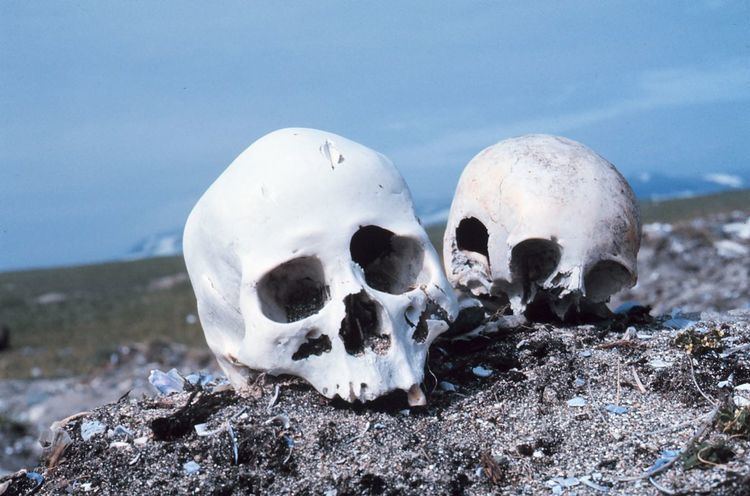 | ||
Forensic art is any art used in law enforcement or legal proceedings. Within this field are such skills as composite drawing, crime scene sketching, image modification and image identification, courtroom drawings, demonstrative evidence, and postmortem and facial approximation aids. Not every forensic artist uses all of these skills.
The term forensic comes from the Roman forum where law and politics were debated. From this beginning, the word forensic now means anything pertaining to law or law enforcement or debate.
The skill of facial approximation is closely associated and related to forensic anthropology in that an artist specializes in the reconstruction of the remains of a human body. Generally this discipline focuses on the human face for identification purposes. The forensic artist can create a facial approximation in a number of ways to include 2D (drawing), 3D (sculpture) and by methods using new computerized technology. Forensic artists generally can add greater character and make their subjects come back to "life".
Most forensic artists do the job as a collateral duty to their "regular" job in law enforcement, such as police officer, crime scene tech, etc. They do the work on salary, and normally are not paid extra for it. There are extremely few full-time forensic artist jobs to be had. Most full-time artists work in large cities, or in state or federal agencies. "Freelancing" in forensic art is extremely difficult to build as a career, as ties to law enforcement are a necessary part of the job, and agencies have limited budgets to pay contractors.
A well known Forensic Artist is Angela Montenegro from the television series Bones.
